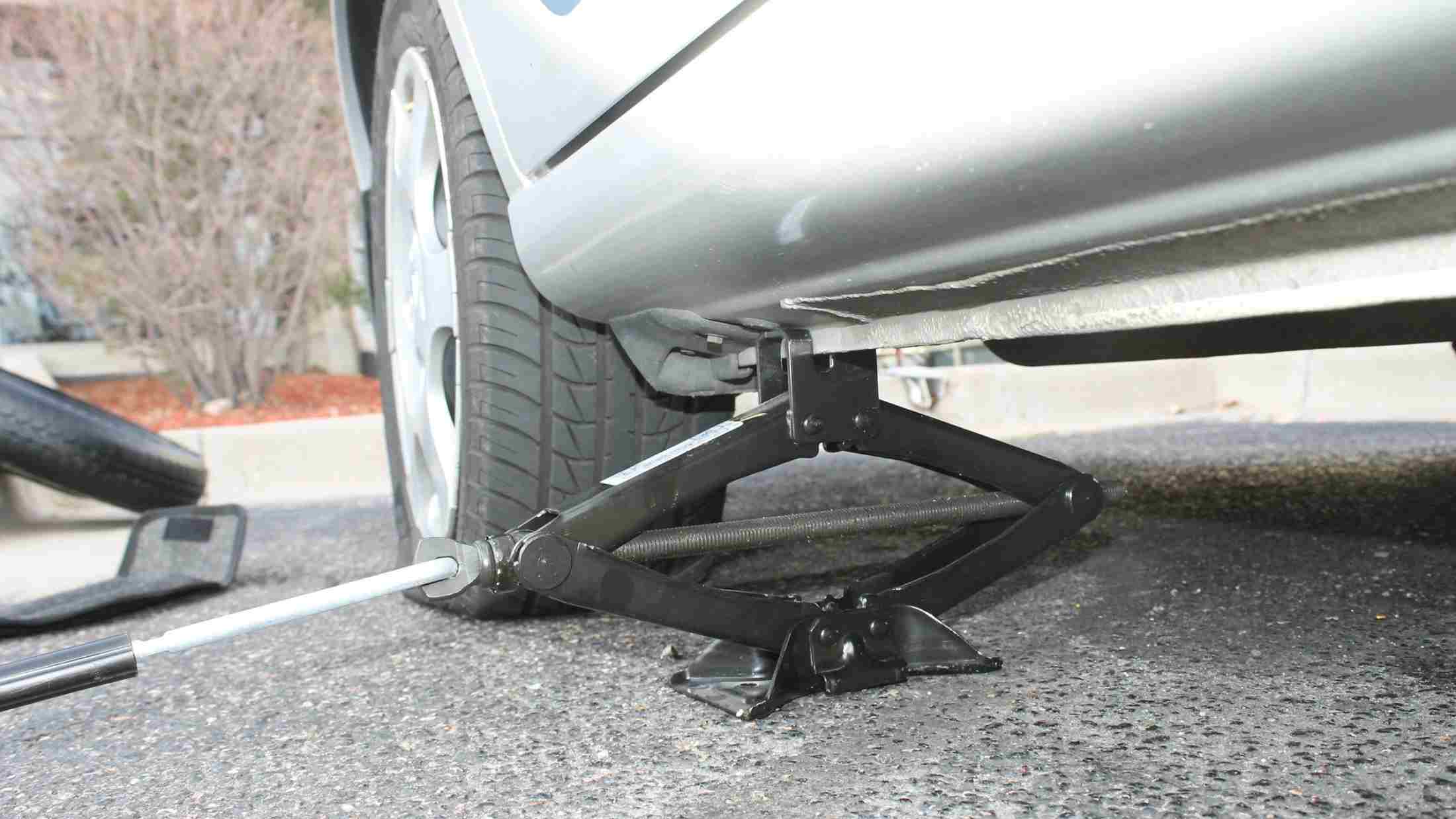Having your car’s oil regularly changed is important as it helps keep your car running smoothly. Most people take their car to a local garage for this. But, doing it yourself is easier than you might think - and it can save you money.
The average cost of an oil change is around £114, so doing it at home could save you quite a bit. In this guide, we’ll take you through why cars need their oil changed, when to change it, and how to do it. But if you’re still feeling nervous about changing your car’s oil, you can just take it to your local garage.
Why do cars need oil?
Oil keeps you engine parts running smoothly. The oil in your car lubricates the moving parts in the engine. Without it, the parts will rub together and could cause expensive damage.
Over time the oil loses its effectiveness. It also picks up bits of metal, dirt and dust while it’s in your engine. So regularly changing it for fresh oil will help keep your car’s engine in good shape and last longer.
When to change your car’s oil
Every car is different, but regular oil changes are essential. When you need to change your oil will depend on your car’s age, make and your normal driving conditions.
As a rule of thumb, you should look to change your car’s oil every 5,000 to 7,500 miles. If your car uses fully synthetic oil, you can go up to 15,000 miles or so between changes. You can find out whether your car uses this in your owner’s manual.
How to change your car’s oil
Changing the oil is straightforward and should take about an hour the first time. Before you start, gather these tools:
- Spanner
- Oil filter spanner
- Oil drain pan
- Funnel
- Protective gloves
- Jack and jack stands
- Oil – check what oil you’ll need and how much in your car owner’s manual
- Replacement oil filter

The first thing you want to do is turn the car on for a few minutes. This will help warm up the oil and churn up any debris. Once you’ve done this, follow these simple steps:
- Get your car raised up on a jack stand so you have easy access to the oil drainage.
- Find the drain plug - a large nut on your car’s oil pan, usually below the engine.
- Place the oil drain pan below the plug. Make sure it's big enough to collect all the oil.
- Remove the drain plug. The oil from your car should start to flow out into the oil pan.
- Remove the oil cap from the oil filter hole. You’ll normally find this at the top of your engine.
- Unscrew your oil filter. The filter will normally be located near the oil pan, it’ll look like a small can and should be labelled “filter”. Your filter will likely have oil still in it, so take care not to spill any when removing it.
- Screw your new oil filter into place.
- Once the old oil has completely drained, put the drain plug back into the bottom of your car’s oil pan. You should put any old oil in a sealed container so it can be recycled. Don’t dispose of it by pouring it down a drain.
- Use a funnel to pour the new oil into the oil filter hole.
- Replace the oil filter cap and turn the car on for 30 to 60 seconds. Check for any leaks around the oil drain plug and the new filter.
- Turn off the engine for around 5 to 10 minutes for the oil to settle.
- Use the car’s dipstick to check that the level of the oil in your car is right. If there’s not enough, add a little bit at a time until you reach the “full” line on the dipstick.
- Remove the drain pan, lower your car off the jack and take it for a short test drive.
- After your drive, let the oil settle again for 5 to 10 minutes and check the dipstick is still at the “full” line.
And that’s it, you've changed your car's oil!
Keeping on top of car maintenance will help keep your car running smoothly. Changing your oil regularly, as we’ve mentioned, is just one of the things you can do yourself. Doing it at home is simple enough and will save you money in the long run. However, if you’re still not confident about doing it yourself, your local garage will be able to do it for you.












